
It will come in handy at some point to know how to get scuff marks out of your favourite elevator shoes because we've all been there. A common situation: you purchase new shoes and wear them as sparingly as you can to prevent scuffs on them. However, no matter how hard you try to avoid it, it still happens. Naturally, you don't just throw those worn-out shoes away. Rather, you labour to remove those marks. Additionally, we offer a helpful list of techniques that will help you remove those unsightly stains from your most beloved shoes.
Make sure to spot clean a discrete area of your shoe before beginning any cleaning procedures. You may make sure you don't damage, discolour, or exacerbate the scuff mark by doing a test run. If using a clean cloth and elbow grease or warm water and mild liquid soap alone isn't working, try one of our suggestions for getting rid of scuff marks off your selection of shoes.
Use baking soda to get rid of scuff marks
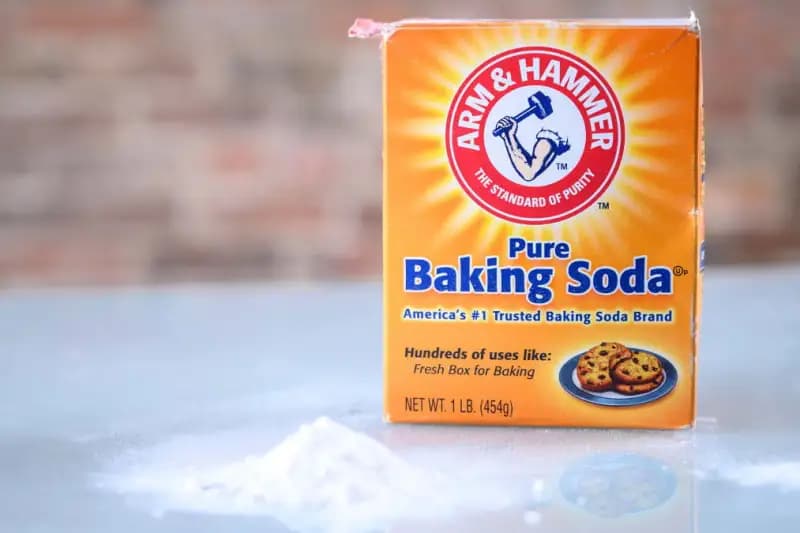
You probably have this readily available product in your pantry or refrigerator right now. Because of its stain-removing properties, it finds frequent use in toothpaste and has a broad range of applications.
Step 1: Make a paste by mixing 1-2 tablespoons of baking soda with enough warm water to make it uniformly thick.
Step 2: Polish the shoes with a cloth and use a second, damp cloth to wipe off any extra paste.
Use a rubber eraser to get rid of scuff marks
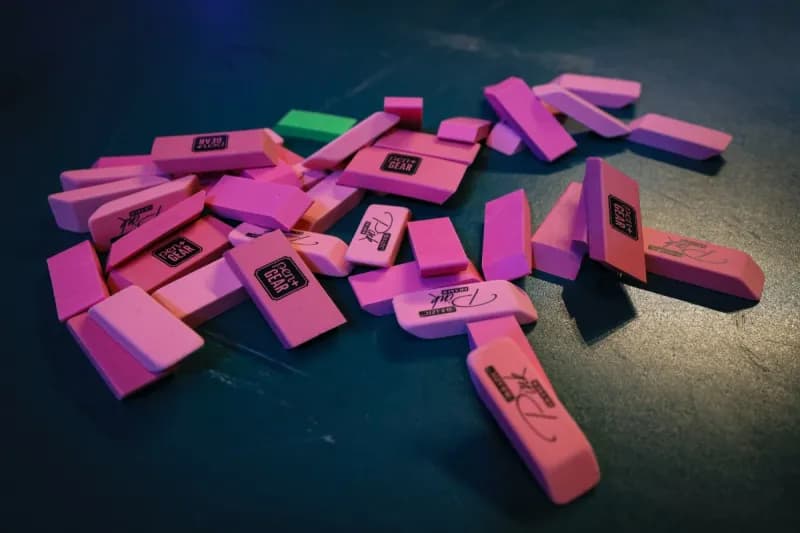
Every adult should have this go-to school kid item in their arsenal for shoe repairs. Also, even if the more popular pink erasers function, you'll probably need to clean up any leftover residue after using them. Less of this residue is left by white erasers.
Step 1: Before applying the rubber technique, make sure to brush out any dirt or debris from the shoe.
Step 2: Gently buff the scuff marks away using small circular motions.
Step 3: Apply this technique to shoes made of suede, vinyl, and patent leather.
Use petroleum jelly to remove scuff marks
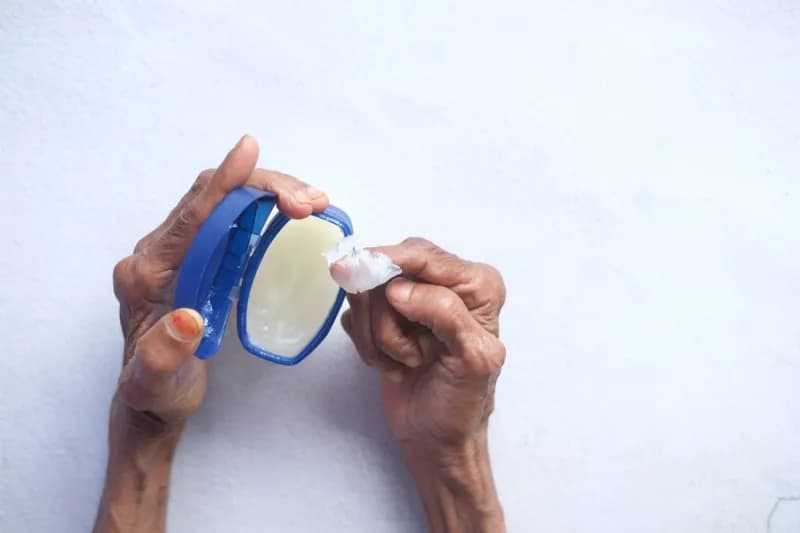
Petroleum jelly, widely known as Vaseline, not only helps kids with diaper rash but also significantly improves the healing of small cuts on human skin and leather shoes.
Step 1: Apply a tiny amount of petroleum jelly to the damaged region of the shoe using a clean, dry cloth, moving in circular motions.
Step 2: Use another new towel to remove the product after letting it sit on the surface for a short while.
Use nail polish remover to get rid of scuff marks
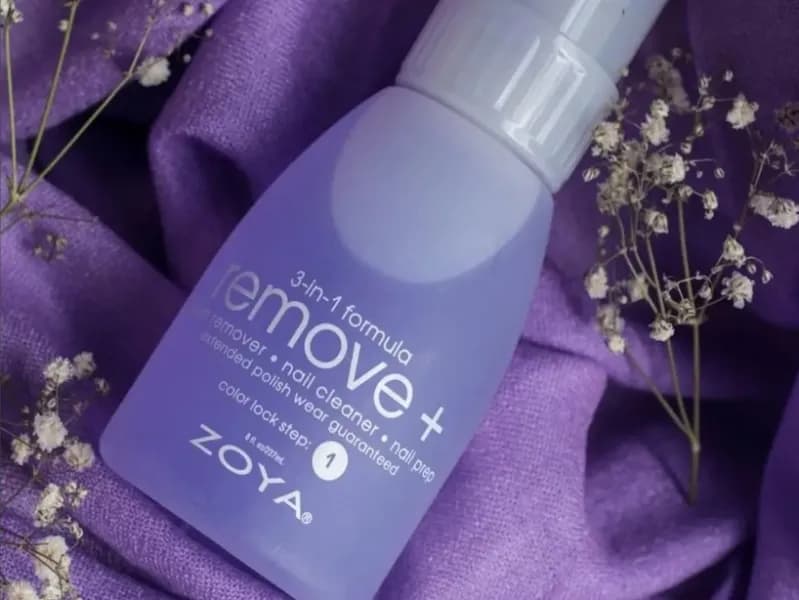
It works just as well to remove nail polish as it does to remove scuff marks from bathroom cabinets.
Step 1: Polish the scuffs with tiny, circular strokes after applying a tiny quantity to a cotton ball.
Step 2: For trainers and shoes made of patent leather, apply this technique.
Use rubbing alcohol to get rid of scuff marks
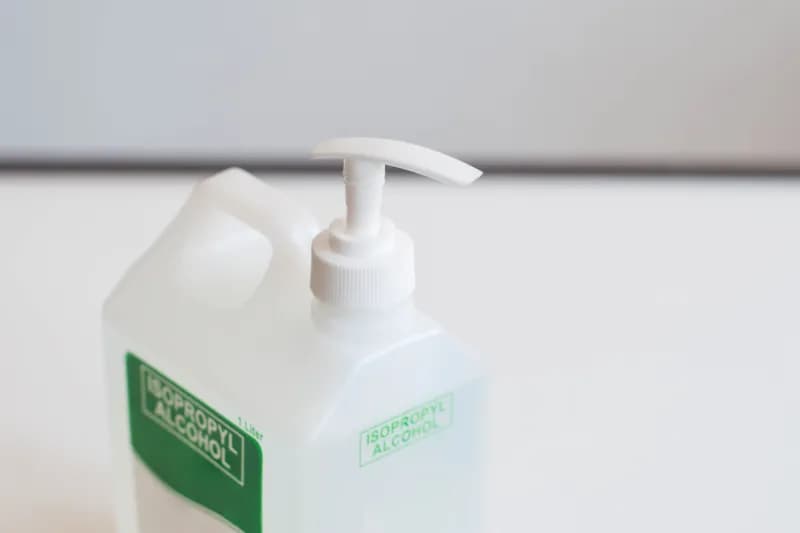
Not only is it a terrific way to sterilise, but this low-cost component works wonders for scuff and stain removal from patent leather. It's also quite easy to use.
Step 1: You probably have hand sanitizer on hand if you don't happen to have any rubbing alcohol on hand.
Step 2: Use a little moistened cloth to rub the affected area until the scuff disappears.
Use toothpaste to get rid of scuff marks
When you replace your toothbrush the following time, set the old one aside so you can use it for many more cleaning jobs. Toothpaste works wonders on leather and imitation leather shoes in addition to canvas shoes. Moreover, the toothpaste solution works wonders for whitening rubber soles.
Step 1: Use the brush to gently polish the scuffs after lightly applying a tiny amount of white (non-gel) toothpaste.
Step 2: Wipe off the toothpaste with a moist cloth and let the shoes air dry.
5 ways to avoid scuffing your shoes
To keep your shoes looking new for as long as possible, you must protect them against scuffs. Here are five strategies that work well to avoid scuffs:
Invest in protective gear: To build a barrier against stains and scuffs, apply a high-quality shoe protector spray. Reapply frequently to guarantee continued protection.
Properly store: To keep your shoes from rubbing against one another, store them separately in felt or fabric shoe bags.
Recognise your surroundings: Take care when you're around, staying away from rough or abrasive surfaces that could scratch your furniture. Avoid places where there is a greater chance of harming your shoes.
Put on toe guards or taps: To prevent impact and prevent the leather from scuffing when walking, affix these thin protection coatings to the front of your shoe soles.
Implement routine upkeep: Regularly brush or wipe your shoes to get rid of dirt and debris that might cause scuffs. To maintain the leather supple and less prone to harm, apply a leather conditioner.
There is nothing more frustrating than purchasing brand-new shoes and having them destroyed the moment you take them outside. Even though scuffs happen, your immaculate shoes don't have to finish there. Use these tips to extend the life of your shoes and maintain their like-new appearance.

Comments (0)